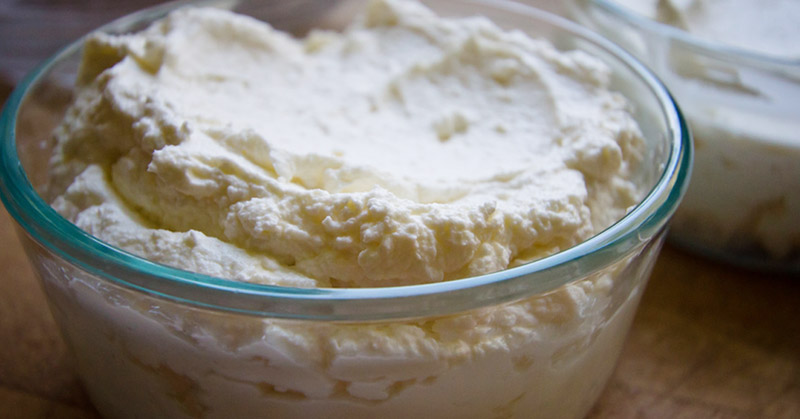As I mentioned in my post from yesterday, I spent a little time this weekend doing food prep to make sure the fridge is stocked with healthy, yummy options. I’ll be sharing the recipes I used over the next few days. This recipe – it’s more of a process than a recipe, actually – is often one of my starting points: homemade cream cheese.
(A big thank you to Sally Fallon and her fantastic cookbook Nourishing Traditions: The cookbook that challenges politically correct nutrition and the diet dictocrats for this recipe.)
Why start here? Well, it’s actually not the cream cheese that I’m going for; it’s really the by-product of the cream cheese – whey – that’s produced in the process. But the cream cheese is delicious, nutritious, and because I made it from organic whole milk plain yoghurt, I know it’s got nothing in it except the nutritional goodness I’m looking for (or what I add to it for flavoring).
What’s whey? you ask. Whey is the liquid that remains after milk has been curdled and strained – a byproduct in the manufacture of cheese. Whey is filled with minerals, it helps digestion, and it’s a great starter for one of my favorite foods: cultured vegetables! (stay tuned for a recipe for cultured sauerkraut later this week!)
I don’t like to go through the whole milk curdling process, so I skip that step by using yoghurt instead. Here’s what you’ll need:
- Big bowl
- Large sieve
- Clean tea towel or cheese cloth
Ingredients:
- 1 large container organic, whole, plain yogurt (the best quality you can find! If you’re lucky enough to have a source of RAW milk yoghurt, that would be the ideal find.)
- Sea salt to taste
Line a large strainer set over a bowl with a clean tea towel or cheese cloth (I prefer the tea towel). Pour in the yoghurt, cover and let stand at room temperature for several hours (this can take up to 12 hrs). The whey (clear liquid) will run into the bowl and the milk solids will stay in the strainer. Tie up the towel with the milk solids inside being careful not to squeeze. Tie this little sack to a wooden spoon placed across the top of a container (like a big pitcher) so that more whey can drip out. Store the whey in a mason jar in the fridge (keeps for up to 6 months), and the cream cheese in a covered glass container (keeps for about 1 month).
I add a little dash of sea salt to the cream cheese for a really delicious and nutritious cream cheese. If you want to spice it up a little, you can also add:
- Roasted red pepper, diced
- Spinach, chopped fine & lightly cooked
- Garlic, minced
- Chives, choped
- Olives, chopped
Use your imagination and try different flavors. It’s delicious and makes a great quick snack by spreading it on celery sticks.




This is made just like the middle eastern cheese, labneh, that my Lebanese friend showed me how to make (except she adds a little lemon juice to hers). It is so delicious and my kids gobble it up, especially with some homemade whole-wheat pita bread and hummus.
Many thanks for his easy recipe 🙂 I am more interested in the by-product and was wondering if I can get good quality whey for fermenting from pasteurized goat’s milk? I have a big concern with casein and have been reading that goat milk has less of it so would like to generally switch to this milk in our household (also for our infant).
Absolutely!
Thank you for your quick reply!!! I forgot to ask, does fresh/cream cheese generally have less casein than hard cheese? Many thanks again for all your wonderful tips and recipes 🙂
I have goats whey protein powder can I use this for this recipe and also for fermentation?